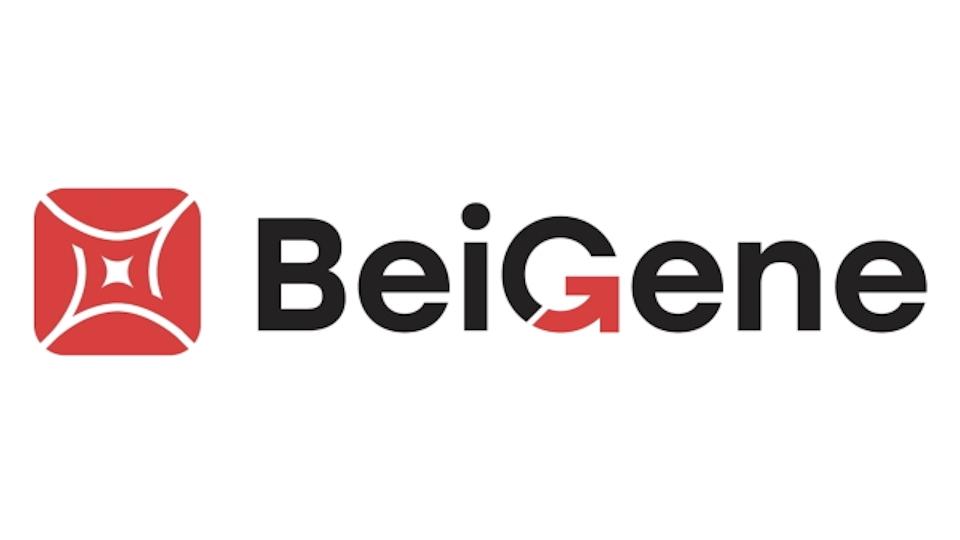Targeting COVID-19 and cancer with immunotherapy advancements

Anna Biosciences’ Dr Anthony Rullo discusses the drug development company’s immunotherapy platform.
Over the last 30 years, we have seen dramatic improvements in patient outcomes due to the emergence of biologics - particularly monoclonal antibodies - as therapies for a wide variety of diseases and infections.
Monoclonal antibodies (mABs) are highly specific therapies associated with low off-target toxicity upon IV administration, but they also have important limits.
These potential drawbacks include: a requirement for complex bioprocess development to produce drug product on scale; the potential for immunogenicity and generation of neutralising antibodies against the therapeutic antibody, even with current humanisation protocols; storage stability limitations; the need for large doses; and they cannot be administered orally.
In contrast, small molecule alternatives can be manufactured at a relatively low cost and administered orally but suffer from potential biological ‘promiscuity’.
Our team conducted extensive research to assess the effect of administering a small molecule and the unintended interactions with complex biological systems, which is the core purpose of our new Syntem Platform.
Syntem’s recently disclosed proprietary small molecule ‘covalent immune recruiting’ (CIR) technology that can enhance recognition of various pathologies by the host immune system. By re-focusing immune machinery like serum antibodies to the site of the pathology and enhancing the target residence time, that is the amount of time immune machinery is in direct contact with the diseased cell or pathogen, the disease of interest can be more efficiently eradicated.
Anna Biosciences assessed new means of finding technologies that exhibit the pros of antibody and small molecule therapies while minimising the cons. Bi-specific, CIR molecules exhibit the best of these modalities: ‘redirecting’ endogenous antibodies obviate the need to produce and administer mABs while allowing for the ‘tuning’ of targeting mechanism via traditional small molecule cell-surface receptor ligand binding. Through this novel approach, CIR molecule immunotherapeutics promise to significantly improve patient outcomes across virology, immuno-oncology and neurodegeneration indications.
Benefits of small molecule immunotherapy
The advantage of this approach is that it sees three different chemically synthesised building blocks A-C assemble to generate a CIR against a pathology of interest.
Block A encodes the pathology of interest. This represents a small molecule binding ligand that targets a cell surface receptor on the pathology.
Block B encodes the component(s) of the immune machinery to be recruited to the site of the pathology. This represents a synthetic molecule binding ligand that contacts serum antibodies.
Block C encodes our proprietary covalent chemical binding group that uniquely enhances and enforces CIR contact with the immune component.
Upon administration, the CIR effectively finds the pathology and connects it through a molecular bridge to components of the immune system. Unlike conventional drugs, CIR function is 100% mediated by a body’s own immune system and not the therapeutic. The immune system is perfectly equipped with the ability to completely eradicate a pathology of interest with high specificity.
Unique utility against COVID-19 and escape variants
CIR molecules are designed to be highly target tuneable by virtue of their efficient assembly from three modular building blocks. Given their demonstrated ability to enhance serum antibody recruitment to disease targets, they can be efficiently designed to promote antibody neutralisation and clearance of SARS-CoV-2.
Importantly, a cocktail of CIRs targeting different features of viral spike protein can be administered simultaneously to recruit naturally existing serum antibodies of both IgG and IgM isotypes to the surface of viral particles. In this manner, CIRs efficiently coat viral particles with antibodies to both sterically prevent viral adhesion to ACE-2 receptors and simultaneously promote antibody dependent clearance of virus from systemic circulation.
Through antibody-dependent interactions with immune effector cells like macrophages and natural killer cells, CIRs also promote immune destruction of virus infected host cells.
Strategic use for the elderly and immune-compromised population
CIRs for COVID-19 indications use naturally existing serum antibodies generally abundant across the patient population that on their own cannot recognise the SARS-CoV-2 virus. CIRs give these natural antibodies this recognition ability and therefore circumvent the need to immunise an individual to generate SARS-CoV-2 specific antibodies.
This strategy is expected to be particularly advantageous to elderly and immune-compromised individuals who may not initiate a sufficiently strong immune response to vaccination required for protection against COVID-19.
Overarching advantages related to patients, providers and production
This treatment can be advantageous for general patients and providers. Since CIRs for COVID-19 are small molecules, they are non-immunogenic and only function by enacting the host’s own immune system. This presents a uniquely specific therapeutic with lower side effects. CIRs can be efficiently administered by IV or orally in pill format by virtue of their chemical synthetic non-protein-based composition. The covalent binding properties of CIRs also enable higher potency and lower doses.
In this way CIRs have a prophylactic function akin to vaccines to confer protection ahead of patient exposure to the virus. Furthermore, CIRs are easy to produce at scale, and their storage stability enables rapid and widespread access with substantial economic benefits to end users.
Diverse disease indications
Current CIRs are constructed with varying ‘block A’ components to enable treatment of various disease indications. CIRs for COVID-19 contain patented spike protein binding ‘block A’ components while CIRs for immune oncology target unique tumour associated antigens over-expressed on different highly lethal cancer types such as glioblastoma multiforme, ovarian cancer and breast cancer.
The resulting therapies from the Syntem Platform could offer precision targeting combined with minimal side effects and easier administration.
About the author
Dr Anthony Rullo is the scientific founder of Anna Biosciences. For more information on Anna Biosciences and the Syntem Platform, please visit annabiosciences.com











